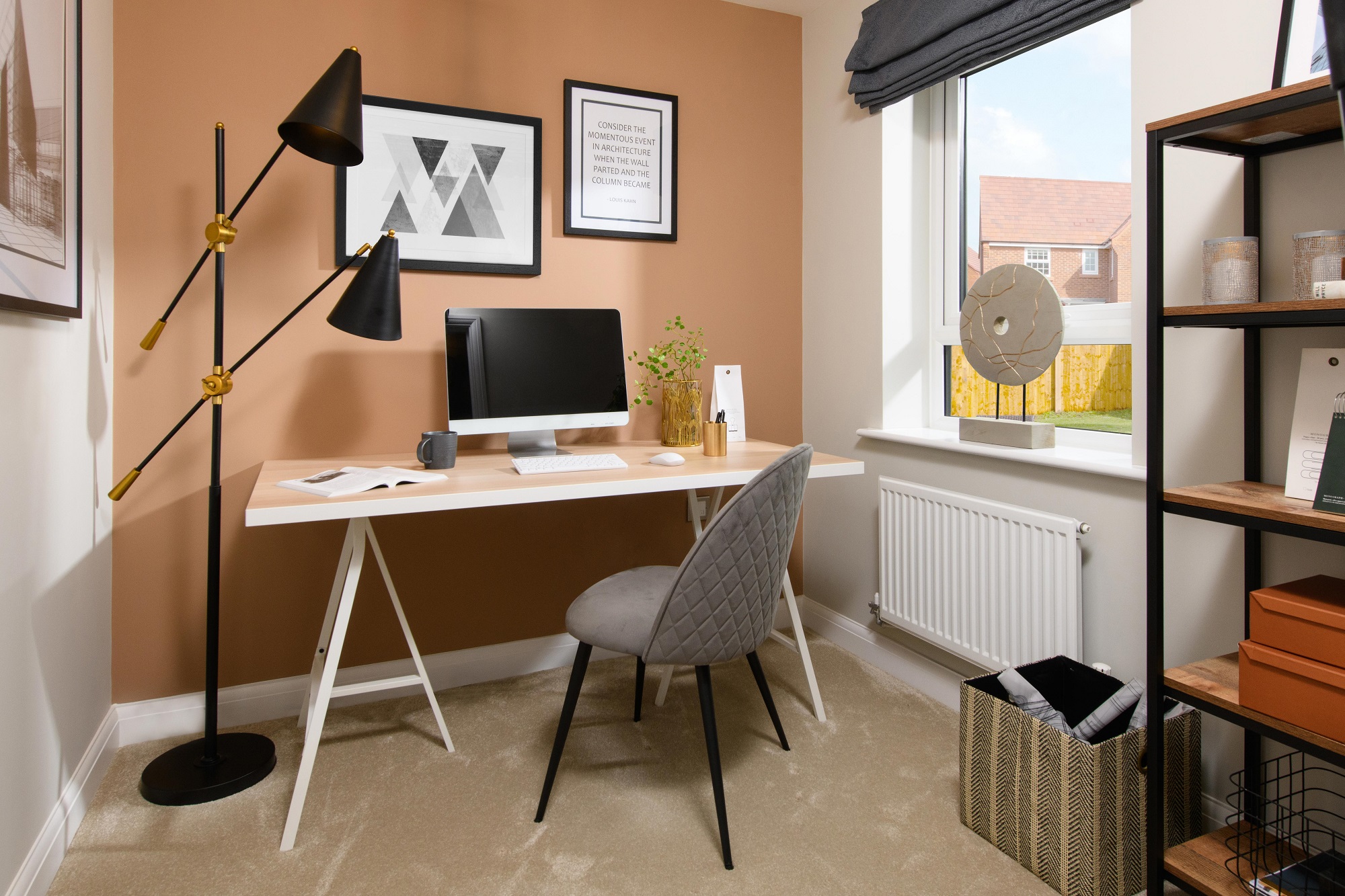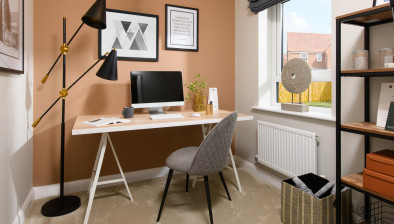Barratt Developments calls for planning to support working from home
Barratt Developments has launched a new report calling for local planning policies to be urgently reviewed to ensure they are fit for purpose of working from home.

The ‘Working from home: Planning for the new normal’ report, which draws on a survey conducted by polling company Savanta ComRes, found that almost half (49%) of households felt their current property was unsuitable for home working with many people struggling to do their job effectively from their dining room table or bedroom - only 28% had the benefit of a dedicated space, such as a study or home office.
The report reveals that working patterns have shifted dramatically over the last 18 months during the pandemic, with working from home at least some of the time now the norm for millions of people across all age groups. And the trend is set to stay with an estimated 7.5 million people in the UK hoping to do their jobs from home on a permanent basis - this figure is double the pre-lockdown estimate.
Currently, many local authorities impose policies that dictate how many bedrooms should be provided in new homes built by housebuilders, with these often skewed towards the provision of smaller one and two-bedroom homes. However, these policies pre-date the pandemic and do not take account of the demand many people now have for a dedicated space from which to work. As a result, too many homes are provided without the extra room that many people would use as a workplace.
More than two-thirds (69%) of workers said they would prefer an additional room in their home as a dedicated office space. Young and middle-aged workers had a far less positive view of their home as a place to work than the over 55s.
Younger working households looking for their first home purchase or to move on up to a larger property, want to see an extra room suitable for home working as part of their future accommodation needs. The current focus on a mix of one and two-bedroom properties favoured by existing planning policy is unlikely to satisfy this demand, says Philip Barnes, group land and planning director at Barratt Developments.
With 72% of people now looking to split their time between home and office working, employers are also responding to the changing landscape, with many planning for a full-time or hybrid approach to remote working and encouraging more of their staff who worked occasionally from home in the past to now do so on a regular basis.
This move appears to be driving a ‘fundamental’ change in what age groups, in particular younger households, want from their homes.
The report points out that having a dedicated space for doing their job supports the well-being of working people, drawing on the research revealing that many people struggled with mental and physical health during the lockdown as they tried to cope without a dedicated work space.
The impact on mental health was also being acutely felt with the research revealing that almost half of younger and middle-aged workers suffer a negative impact (the figure for the over 55s was 20%) due to lack of proper home workspace.

Philip Barnes
Matthew Spry, senior director and head of Lichfields London office, said: “This is important research that shines a light on the relationship between Covid and how people use their homes. It raises important issues and reinforces the message that home working is now here to stay, which is influencing how people choose their new homes and use their house space.”
Last year, house buying website Rightmove reported a 326% increase in use of home working search references by people looking for a new property. This upsurge is reflected in the Lichfields report, which says two thirds of people across all age groups are considering home working options when planning their next move. A similar proportion felt new homes should be built and designed with working from home now front-of-mind, even at the expense of less space in other areas of their property.
Philip Barnes said: “Local planning policies, which aim to control the size and mix of residential developments, have to be urgently re-evaluated in the light of the report’s findings. Pending preparation of new local policies – which can take years - planning authorities need to be more flexible when it comes to determining planning applications for homes with more rooms than expected by their outdated policies.
“National planning policy already asks local authorities to accommodate needs not anticipated when policies are drafted, to allow for new and flexible working practices. We need to see this in practice, to take into account the shift towards millions of us now working from home. Without such moves, the mismatch between the supply and demand of homes will become ever more acute. We could see family homes with a dedicated home working space even less affordable for those who most need them.”









